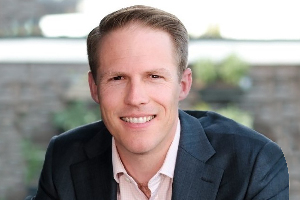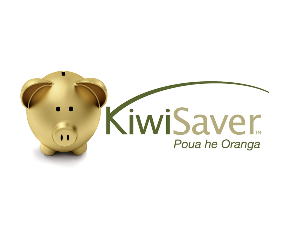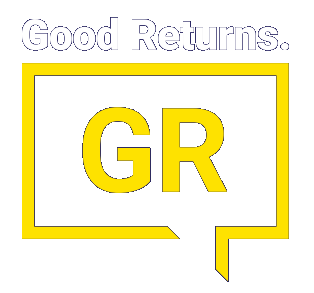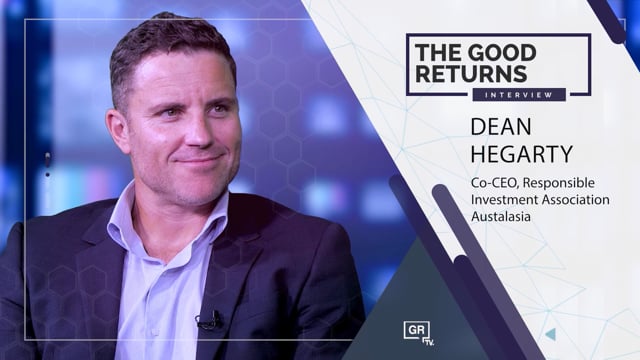Struggling savers draining retirement funds to cover living costs
KiwiSaver members are repeatedly dipping into their funds to get them out of financial hardship in some cases to the extent they’re landing back at a zero balance.
Tuesday, February 11th 2025, 6:00AM
by Kim Savage

KiwiSaver members are repeatedly dipping into their funds to get them out of financial hardship in some cases to the extent they’re landing back at a zero balance.
Scheme supervisor Public Trust, which acts as trustee for around $50 billion of KiwiSaver funds, processed around 20,000 applications for financial hardship in 2024, more than double the number seen in 2023.
“We approve around three months, or 13 weeks, of living expenses and more and more, there's a large proportion of our applicants, members, who come back at the end of the 13 weeks and haven't been able to resolve their financial hardship,” says David Callanan, Public Trust’s General Manager of Corporate Trustee Services.
“And then we are paying them for another 13 weeks.
“So that cycle just kind of continues, unfortunately, to the point where, in many cases, they just run out of KiwiSaver funds.”
The rise in repeat dipping is little surprise given hardship withdrawals have been steadily increasing since 2022. The Financial Markets Authority’s figures for KiwiSaver show a more than 82% increase in financial hardship withdrawals for the year to March 2024, compared to 2023. But totalling $264.3 million, hardship withdrawals annually still make up only a small portion of the more than $120 billion of Kiwisaver funds.
“We approve around three months, or 13 weeks, of living expenses and more and more, there's a large proportion of our applicants, members, who come back at the end of the 13 weeks and haven't been able to resolve their financial hardship,”
“Previously it was mostly a change in employment circumstances, or something major to which anyone would say that's obvious hardship,” says Callanan.
“But there's definitely more and more applicants in terms of financial hardship where it doesn't take something major to trigger it.
“It's like a gradual thing because of the cost of living, in combination, in particular, with mortgage rates.
“People have just been on a gradual slope down, and they just reach a point of desperation.”
Supervisors and providers feeling the pressure
At the client-facing end, KiwiSaver providers told Good Returns the sheer volume of applications and the emotionally-charged nature of dealing with clients in financial strife is proving a challenge for their businesses. 
Completing the approval process is no easy task for the supervisor either, says Callanan, and it’s becoming an operational burden for everyone.
“We've had to increase resourcing, despite making considerable process improvements and doing a lot of work around consistency, trying to leverage some technology to improve the process.”
As providers look for solutions to support the influx of applications, David Callanan says there is little trustees can do to improve what is already a robust, fair process at their end.
“There is quite a degree of consistency, certainly across our clients or the providers that we look after, but also across the industry as well.
“This isn't something where the providers or the supervisors want to compete.”
Is a single help desk for KiwiSaver members the answer?
Some KiwiSaver providers have shown an interest in the idea of channeling hardship applications to a centralised point of contact, to ease the burden they themselves carry, but also to ensure applicants are dealing with trained staff and getting access to all the options available to them before they tap into their retirement savings.
Industry representatives have been debating the pros and cons of creating a help desk, perhaps even delivered by Work and Income NZ but paid for by the sector.
“Part of me says, it's not broken. Generally, members get a very fair and consistent outcome from the current process,” says Public Trust’s David Callanan.
Any changes will need government buy-in, have to offer a consistent customer experience and could potentially require some loosening of regulations, says Callanan, but none of those are hard barriers if changing the process means a better outcome for members in need of support.
What is getting results, he says, is bringing in third parties to help with budgeting advice for members, although it comes at a cost to those providers who are footing the bill.
“That's trying to push things up the hill so that you've got the fence at the top of the hill rather than the ambulance at the bottom,” says Callanan.
“So when we talk to providers, we're really encouraging them to think about that and we've seen a reduction in the volume of hardship applications from those providers who are taking that approach.”
| « Early days, but NZ Super's machine-learning fund outperforms | Financial adviser target-based incentives banned from 31 March 2025 » |
Special Offers
Comments from our readers
No comments yet
Sign In to add your comment
| Printable version | Email to a friend |



